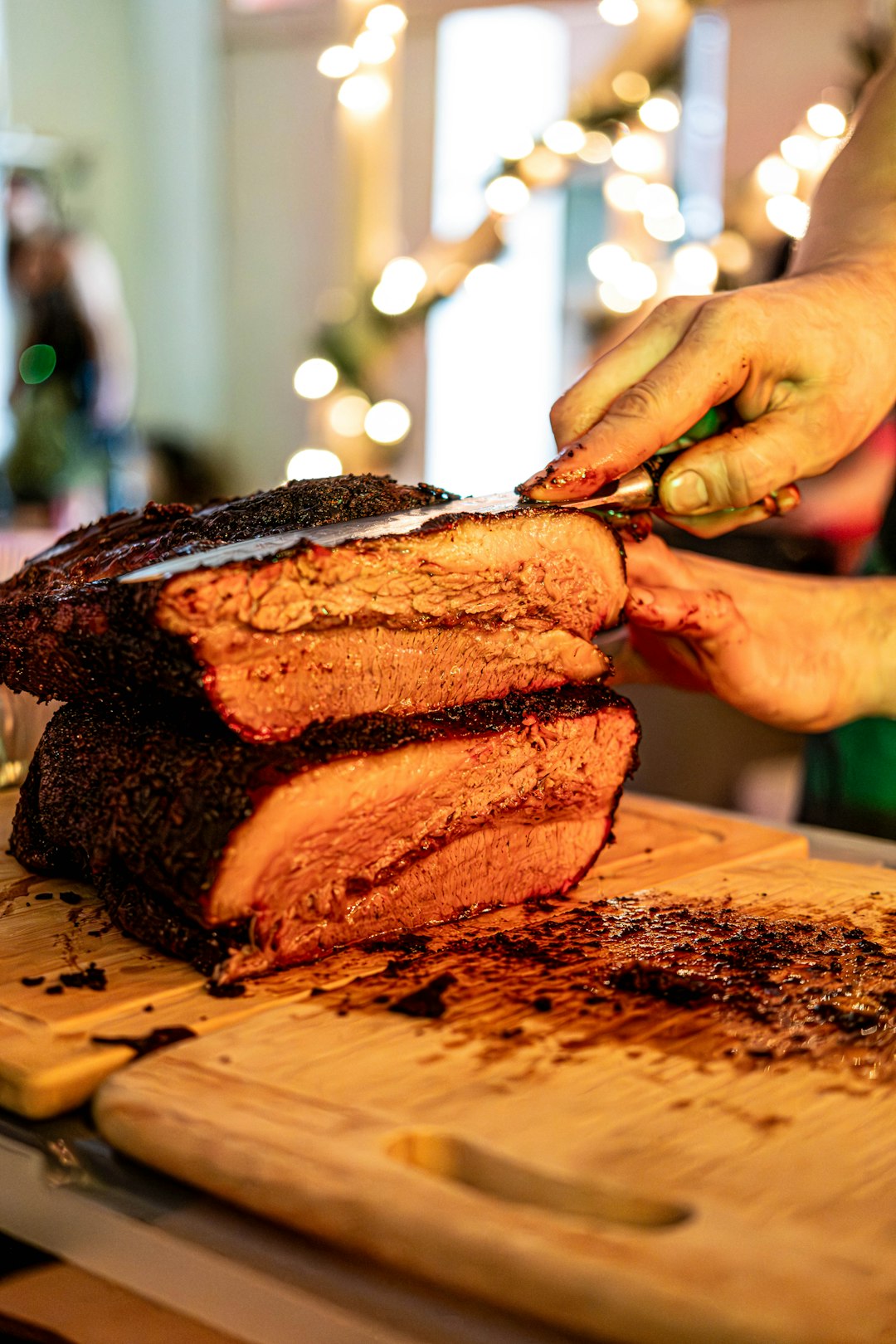Unveiling the Secrets of Perfect Cheese Enjoyment

When it comes to indulging in the rich and diverse world of cheese, there are a few key factors that can significantly enhance your experience. One of the most surprising revelations is the ideal temperature at which to savor cheese. Contrary to what many might think, the best temperature to eat cheese is right around room temperature.
Why is room temperature so crucial for cheese? Well, cheese is a complex food with a delicate balance of flavors and textures. At colder temperatures, the fats in cheese solidify, which can mute the flavors and make the texture less creamy and enjoyable. When cheese is brought to room temperature, the fats soften, allowing the flavors to fully develop and the aroma to become more pronounced. This is when you can truly appreciate the nuances of different cheeses, from the sharp tang of a cheddar to the creamy richness of a brie.
So, how do you determine the right time to take cheese out of the fridge? It depends on the type of cheese and its size. Generally, softer cheeses like brie or camembert can be taken out about 30 minutes before you plan to eat them. These cheeses have a higher moisture content and reach the ideal temperature relatively quickly. Harder cheeses, such as parmesan or gouda, may need up to an hour or even more to reach their peak flavor. The key is to experiment and find what works best for your taste preferences.
Another important aspect of cheese enjoyment is proper storage. To keep your cheese fresh and flavorful for as long as possible, it's essential to store it correctly. First, make sure to wrap the cheese properly. Avoid using plastic wrap, as it can trap moisture and cause the cheese to develop mold. Instead, use wax paper or cheese paper, which allows the cheese to breathe while still protecting it from drying out. You can also store the wrapped cheese in a cheese dome or a sealed container to further protect it from odors in the fridge.
When storing cheese in the fridge, it's best to keep it in the warmest part, which is usually the door. This helps to maintain a more consistent temperature and prevents the cheese from getting too cold. However, if you have a large quantity of cheese or if you're storing it for an extended period, you may want to consider using a separate cheese drawer or a dedicated cheese fridge to ensure optimal storage conditions.
Now that you know the secrets of the ideal cheese temperature and proper storage, it's time to explore some delicious cheese recipes. Cheese can be used in a wide variety of dishes, from simple snacks to elaborate main courses. For a quick and easy snack, try pairing your favorite cheese with some fresh fruit, crackers, or a glass of wine. The combination of sweet and savory flavors is always a winner.
If you're in the mood for something more substantial, you can use cheese to make a delicious grilled cheese sandwich. Simply layer your favorite cheese between two slices of bread and cook it in a pan until the cheese is melted and the bread is golden brown. You can also add some additional ingredients, such as bacon, tomato, or avocado, to take your grilled cheese to the next level.
For a more elegant dish, try making a cheese soufflé. Soufflés are light and fluffy, with a rich and creamy cheese flavor. To make a cheese soufflé, you'll need to beat egg yolks and cheese together, then fold in the beaten egg whites. Bake the soufflé in the oven until it rises and turns golden brown. The result is a delicious and impressive dish that's perfect for a special occasion.
In conclusion, the world of cheese is a vast and exciting one, full of delicious flavors and endless possibilities. By understanding the ideal temperature at which to eat cheese and how to store it properly, you can enhance your cheese experience and enjoy it to the fullest. So, go ahead and explore the wonderful world of cheese, and don't be afraid to try new recipes and pairings. Your taste buds will thank you!